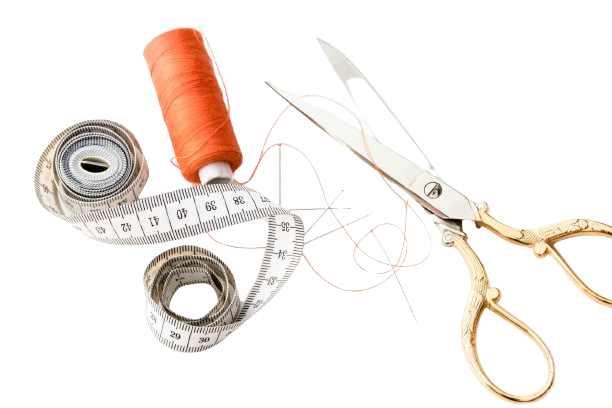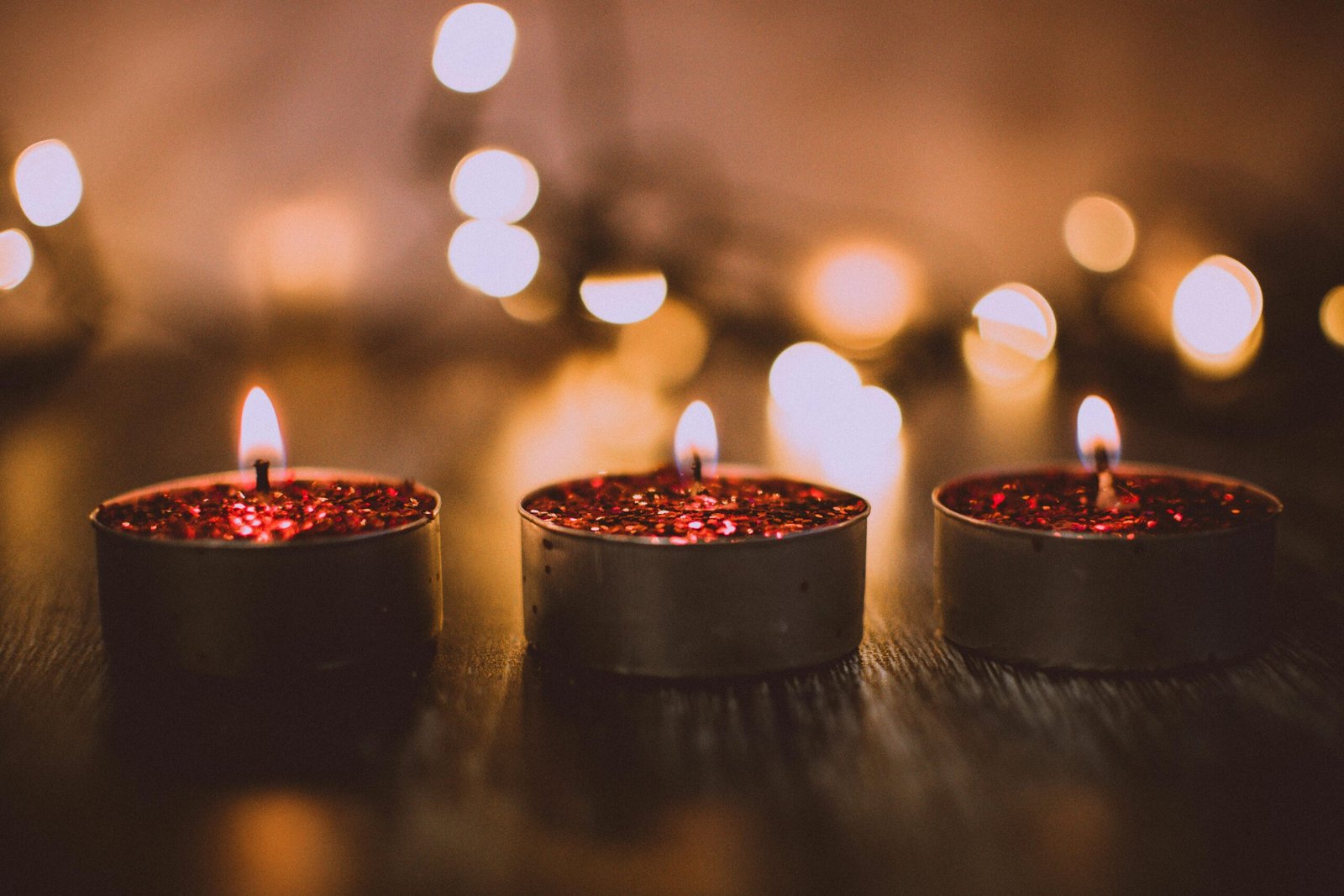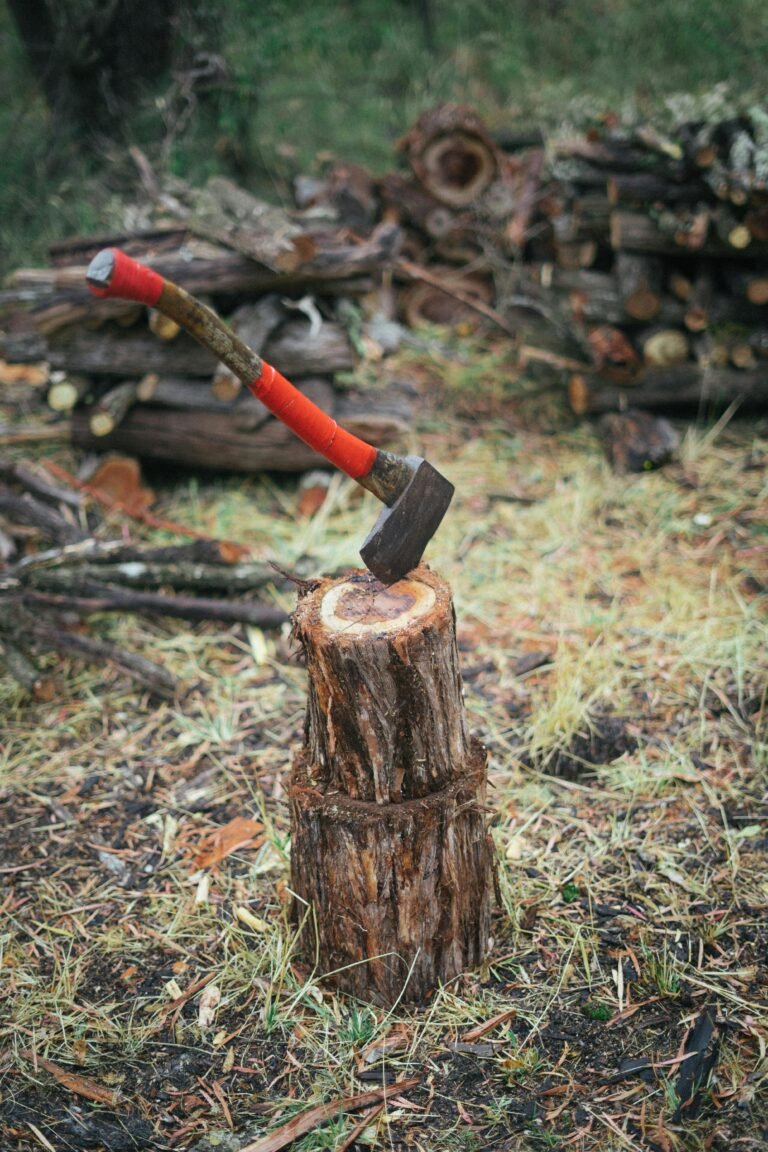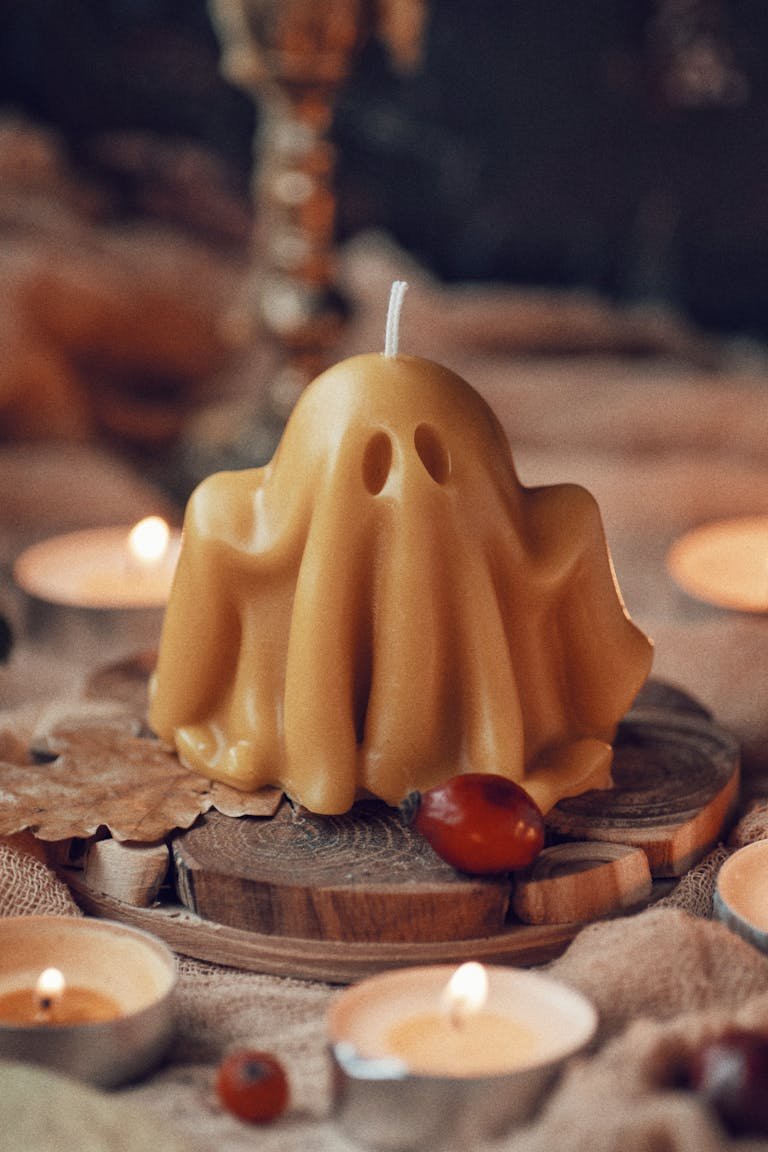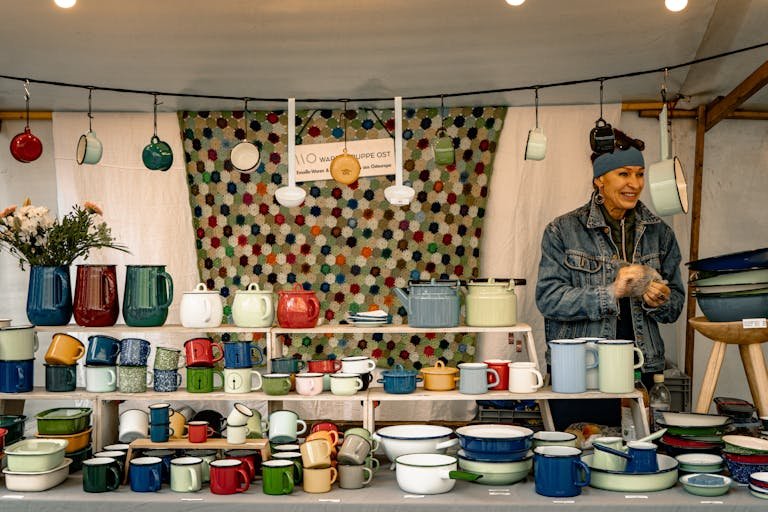Can You Put a Candle in the Microwave?
No, you should never put a candle in the microwave.
It’s extremely dangerous and poses significant risks to both your safety and your microwave. It is especially dangerous to heat a candle inside a microwave to risks of fire, smoke, and even damaging the microwave. Even though this process may appear a very effective way to melt the wax, it is highly dangerous to do so.
In this blog, I will guide you through the steps of the question Can You Put a Candle in the Microwave? its risks and then what can be used in replacing the microwave method of wax melting.
The Dangers of Microwaving a Candle
Fire Hazard
Microwaves make the food warm from electromagnetic waves which work in a dramatically different concept than say an oven or a stove with direct heat. For this reason, some materials and substances are unforeseeable when subjected to microwave, and candle wax is no exception.
When you microwave a candle:
- Uneven Heating: Microwave heating of the candle wax is also found to be patchy. There can be some areas of the candle which will be generating more heat and they can reach a point of catching an spark. The wick or the container can ignite.
- Combustible Materials: If the candle has combustible elements incorporated into the product, or there is inclusion of other products in the wax, the resulting effect when placed in micro wave, increases the chances of a fire explosion.
A fire inside a microwave can escalate quickly. Even though microwaves are designed to contain heat, they aren’t designed to contain open flames. This fire could spread to other parts of the microwave or even cause damage to your kitchen.
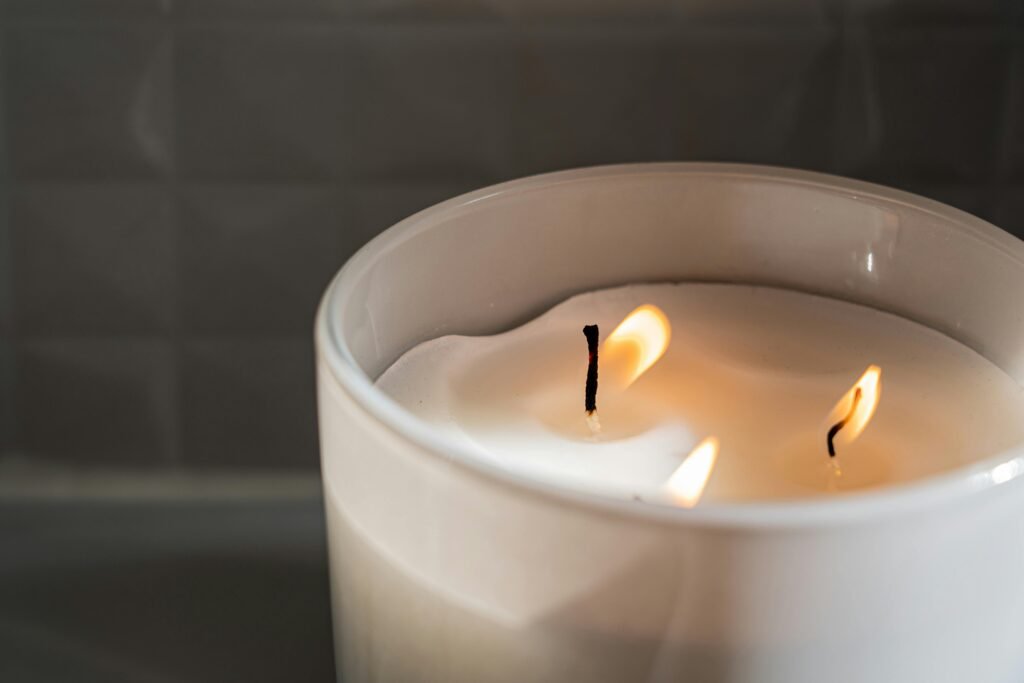
Smoke Inhalation
If a candle or the wax in the candle start to burn next to the microwave, it is not only a fire danger but also. Burning candle wax produces harmful fumes:
- Toxic Fumes: It was also found out that wax for instance when heated too rapidly may emit toxic chemicals. These chemicals are toxic if inhaled particularly within an enclosed environment.
- Respiratory Issues: Inhalation of these fumes haza, rd affects coughing, reddening of the throat or throat, Akuto headaches or even respiratory diseases in case of consumption in large amounts.
This smoke and fumes are not only harmful to you but also to pets and children who might be more sensitive to inhaling dangerous substances.
Microwave Damage
Even if the wax doesn’t ignite, microwaving a candle can still cause significant damage to the microwave itself:
- Wax Splatter: Because of this, it may splash to the interior part of the microwave as the wax melts. Removing hardened wax from the microwave unit is the worst, apart from having a negative impact on the microwave performance.
- Interior Damage: Wax and oil can get into the microwave’s vents and ruin them. This in turn may impact on the performance of the microwave and therefore reduce on the expected shelf life on the appliance.
- Electrical Damage: The wax if heats even a particular corner of the microwave can cause extremely small electrical expires or shorts which are dangerous to the internal parts of the appliance.
Why Melting Candle Wax in a Microwave is a Bad Idea
Uneven Heating
The microwave heater is used to heat food and not candles as we have seen in the programs. Microwaves operate in such a way that they do not heat foods or other objects that come into contact with it in equal manner.
- Risk of Explosions: Sometimes isolated regions of the wax melt or boil which results in an explosion and increased risk of accidents such as burn injuries.
- Wick Ignition: One downside is that if the wick becomes too hot it catches fire causing an unintended flame.
Materials in Candles May Be Microwave-Sensitive
Most candles are produced from paraffin wax, soy wax or bees wax, and may contain other components such as an aromatic or coloring. These ingredients can respond unpredictably in the microwave:
- Metal Components: Certain candles contain metal wicks or other embellishments that could ignite sparks in the microwave; dangers will be even worse.
- Synthetic Additives: Flavorings or dyes that may emit toxic vapours when heated at high temperatures.
Container Safety
If the candle is nicely placed inside a jar of glasses, the sudden temperature change within the glass jar is dangerous and it may crack or broke into pieces when microwaved. This can result in
- Broken Glass: Glass can also pose a danger to anyone nearby when it breaks because in addition to getting injured you may also be exposed to dangerous fumes.
- Hot Wax Spill: In case the jar is broken, hot wax might spill over and might lead to burns or destruction of your countertop or microwave.
Safer Alternatives for Melting Candle Wax
Fortunately, there are several safe and effective methods to melt candle wax without the need for a microwave. Let’s explore some of the best options:
1. Double Boiler Method
The double boiler method is one of the safest and most popular ways to melt candle wax.
- How It Works: A double boiler is when one places a small pot into a larger pot containing boiling water. Preventing direct heat on the wax reduces the potential of the wax to melt and even burn.
- Why It’s Safe: This way the wax is able to melt in an equal manner and does not come into contact with the flame stands a much smaller chance of catching fire.
To use this method:
- Fill the larger pot with water and bring it to a simmer.
- Place the wax in the smaller pot or a heatproof container.
- Stir occasionally as the wax melts.
2. Using a Wax Melter
When you often use candle or wax, it’s wise to consider buying a wax melter. Wax melters are designed with the purpose of heating wax in a safe way possible without causing a fire disaster.
- Temperature Control: Some wax melters have incorporated temperature controls that enable you to heat the wax to a safe PTC temperature.
- No Risk of Fire: Because the wax melter is designed for this use, there is no danger of cooking, burning or over-heating.
3. Stovetop Method
If you don’t have a double boiler, you can still melt candle wax on the stovetop using a regular saucepan.
- How It Works: Put the wax into a bowl, and sit this bowl into another bowl which is with small amount of water. Pour the water into the pot very carefully and heat the wax over a low flame.
- Safety Precautions: A worthy tip to adhere to is making sure that the wax does not get overheated at any one time. Small burns can occur and the water should never be left alone or brought to a rolling boil..
4. Slow Cooker Method
A slow cooker can also be used to melt wax safely.
- How It Works: Pour water into slow cooker as the base and set a container that contains wax into it. Place the slow cooker on the low heat settings and the wax will melt slowly.
- Why It’s Safe: Heated to a low temperature and maintained steadily, the wax will melt without a danger of getting to hot.
Final Thoughts
The eligibility of pouring hot water on wax may look like a shortcut to melting this wax, the risk entailed negates any advantages. Considering that it poses such a risk as a fire hazard or the actual damage it can do to your microwave, it is not worth it.
However, use safer techniques like the use of the double boiler or a wax melter to melt candle wax. These methods afford relative control of the heat, are much safer and guarantee a sound process. Common sense should always prevail in the interest of safety in its entirety when using candles and wax.
